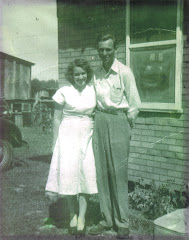Having been diagnosed with a Bicuspid Aortic Valve which now needs replacing I’ve had to learn a lot of new terms and definitions. Rather than try and explain the problem and what the surgeon is going to do using big words and scientific terms I want to explain it from a mechanics point of view.
Think of the heart as a two cylinder, four stroke engine. Each cylinder has two primary valves, the intake and the exhaust. If either of these valves fails to function properly it makes the cylinder function poorly and the engine is stressed, eventually failing completely.
The exhaust valve on one of my cylinders has gone bad and is not working as efficiently as it should. My exhaust valve is sticking. This is causing a restricted blood flow to the rest of my body. Basically, I need a valve job.
The mechanic (surgeon) is going to open up my engine compartment to expose the motor so he can get to the valve. They’ll put me on something called a by-pass machine to keep my blood flowing throughout my body so I won’t be getting an oil change this time. The mechanic will then remove the bad valve and replace it with a new one, ensuring that he gets it seated properly and then put everything back into place (maybe he won’t have any parts left over). Once that’s done, they’ll have to boost me off to get my engine going again (Jumper cables are great).
Recovery will take about six months but I should be able to return to work in two or three months if everything goes as planned. The valve job will make my engine function a lot better so I’ll be feeling better too.
Subscribe to:
Post Comments (Atom)


No comments:
Post a Comment